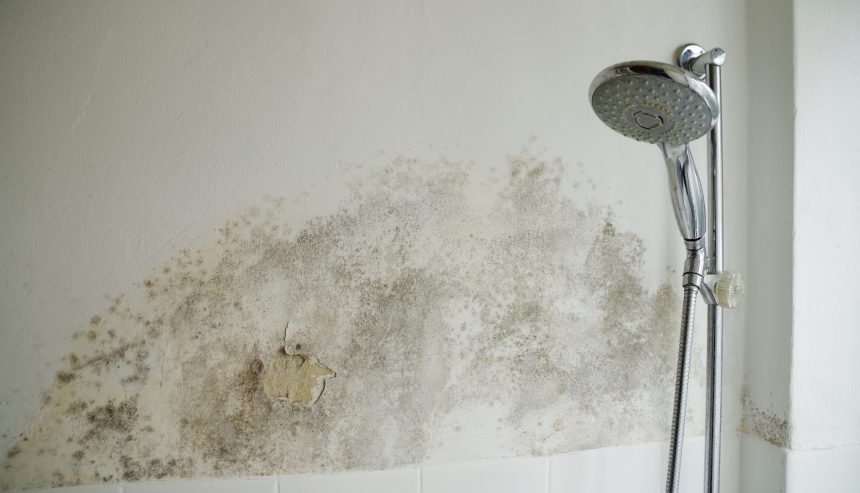Just How to Avoid Water Damage in Your Bathroom
Just How to Avoid Water Damage in Your Bathroom
Blog Article
Nearly everybody seems to have their own individual opinion involving Preventing Water Damage in the Bathroom.

The bathroom is extremely prone for wet accumulation and prospective water damages because of the regular use water in it. This short article uses straightforward evaluation methods to assist detecting water damage threats.
The regular use water in the bathroom makes it incredibly prone for damp accumulation and also potential water damage. By examining it routinely, you can decrease water associated damages.
The following set of evaluations is very easy to perform and need to be done once in every 3 months in order to maintain your bathroom in good shape as well as to avoid prospective water problems brought on by the bath tub, the shower, pipe joints and plumbing, sinks, cupboards, and also the bathroom
Do not disregard executing these examinations and be thorough while performing them. Bear in mind that these easy examinations can conserve you a lot of cash by giving very early indications for water damages
Sinks and Cabinets
Sinks and cupboards are exposed to moisture and also moisture everyday and also are often overlooked. Inspect frequently under the sink and also on the kitchen counter above it. Repair any drip in the catch as it might suggest drainpipe problems. Look around the sink, slow-moving draining pipelines might suggest an obstructed drainpipe. Change sink seals if they are broken or loose.
Bathtub and Shower
The shower and also tub require unique interest as well as upkeep. Inspect the tiles as well as replace if cracked. See to it that there is no missing out on grout between the floor tiles. Evaluate and change broken caulking at joints where the wall surfaces meet the floor or the bath tub. Obstructed drains pipes as well as pipes troubles will protect against the tub from drying and also might suggest major issues below the tub. Seek advice from an expert immediately to stop architectural damage. Pay attention to discolorations or soft locations around the bathtub wall surfaces as they might indicate an interior leak.
Plumbing
Signs for water damage are hard to detect given that many pipes are installed inside the walls.
Pay special interest to flooring as well as walls dampness as well as discolorations as they may indicate an unseen plumbing issue. Check dampness degrees in adjoining spaces as well.
The Toilet
The commode is a susceptible water joint. Check the water lines and also search for leaks around the toilet seat, in the tube, and under the water container. If you find any indicators of moisture on the flooring around the toilet, look for leaks in the toilet rim and container seals.
Be aware that hanging bathroom bowl deodorants increases the possibilities for obstructions.
10 TIPS TO PREVENT WATER DAMAGE IN THE BATHROOM
The average household uses approximately 80-100 gallons of water per person per day. For a family of 4, that's almost 2,500 gallons of water a week! The largest portion of this consumption comes from bathroom use. Flushing the toilet uses the most water, followed by taking a shower or bath. With that much water running through the home, water damage in the bathroom is bound to happen. Knowing how to spot signs of a water leak is essential to preventing long-term damage. This guide provides you with tips to reduce the impact of water damage on your bathroom.
CAUSES OF BATHROOM WATER DAMAGE
Pipe breaks are the most common cause of water damage we see in our daily jobs. The age of a pipe plays a large role in a pipe break as well as corrosion. Over time, the metal begins to break down, allowing water to escape. Frozen pipe breaks are also a concern in the winter months. Toilet overflows caused by paper products or children flushing inappropriate items. Degraded caulking around the toilet or bathtub can allow water seepage, sometimes behind the fixture, into the subfloor or walls. Condensation forms when the water in a pipe is cooler than the air temperature. Beads of water form on the exterior of the pipes, sometimes so much so that the water begins to drip and pool below. Sink or shower backups created by poor drainage. HOW TO PREVENT WATER DAMAGE IN YOUR BATHROOM
Inspect your toilet supply line for worn or frayed hoses and replace them as needed. Winterize your plumbing to prevent a frozen pipe break. Use vent fans to prevent condensation that can lead to mold growth. Routinely check and replace degraded caulking around your toilet or bathtub. Increase the temperature in your toilet tank and insulate your pipes during the warm summer months to keep condensation from forming. Use child safety locks on the toilets. Flush only toilet paper. "Flushable" wet wipes are actually not good for your plumbing system. Additionally, feminine hygiene products should not be flushed. Prevent water from escaping the tub or shower. Make sure shower curtains are in good condition. Inspect shower doors and replace the seal strip if necessary. Wipe up any water that accumulates on the floor and use bath mats. Water left to sit can cause damage to the tiles and flooring. Refrain from using bath products containing heavy oils to avoid a clogged drain.

I'm very intrigued by How to Fix a Water Damage Bathroom and I am assuming you appreciated our post. Liked our article? Please share it. Let another person locate it. I recognize the value of reading our article about Common Causes of Water Damage in a Bathroom.
View Report this page